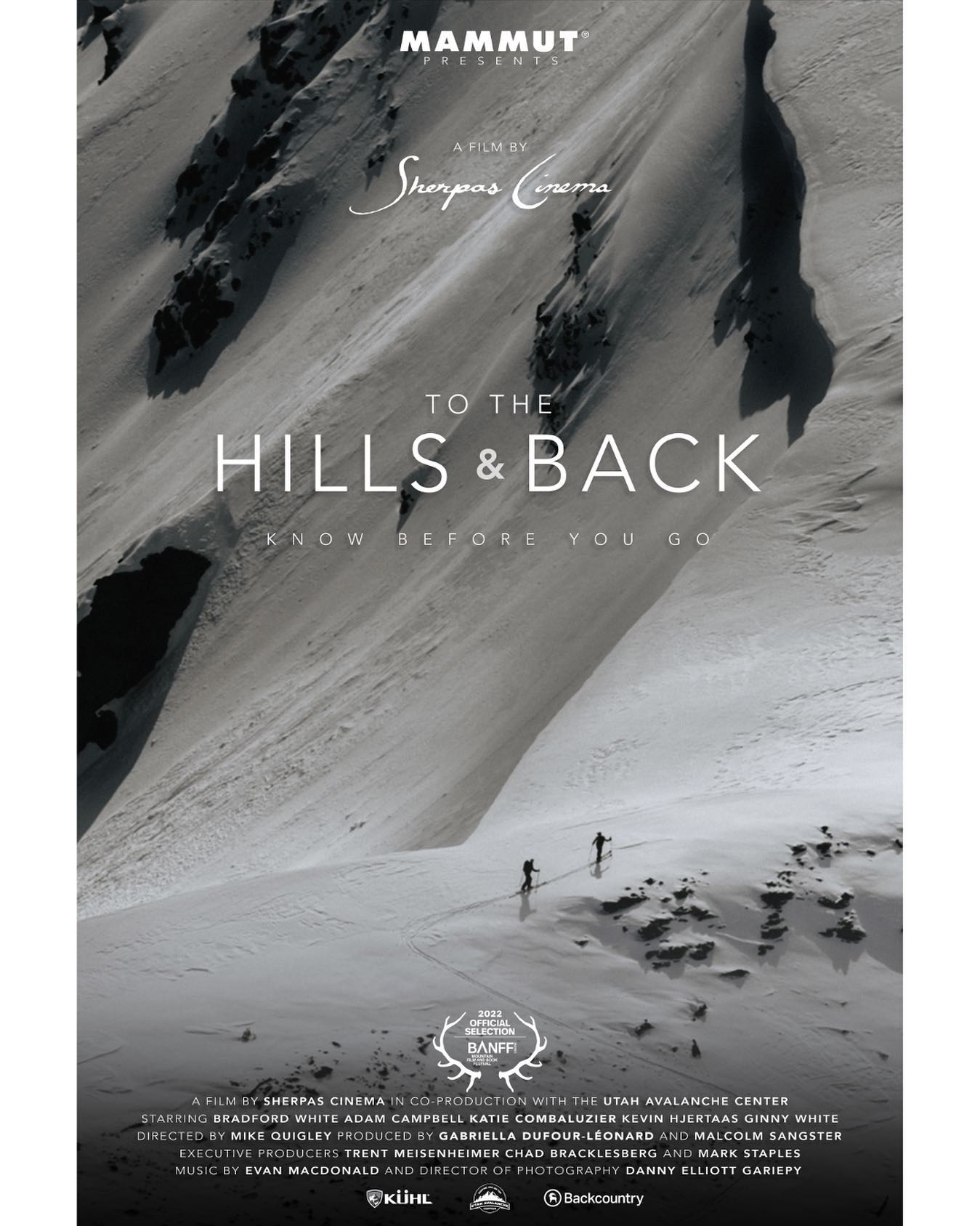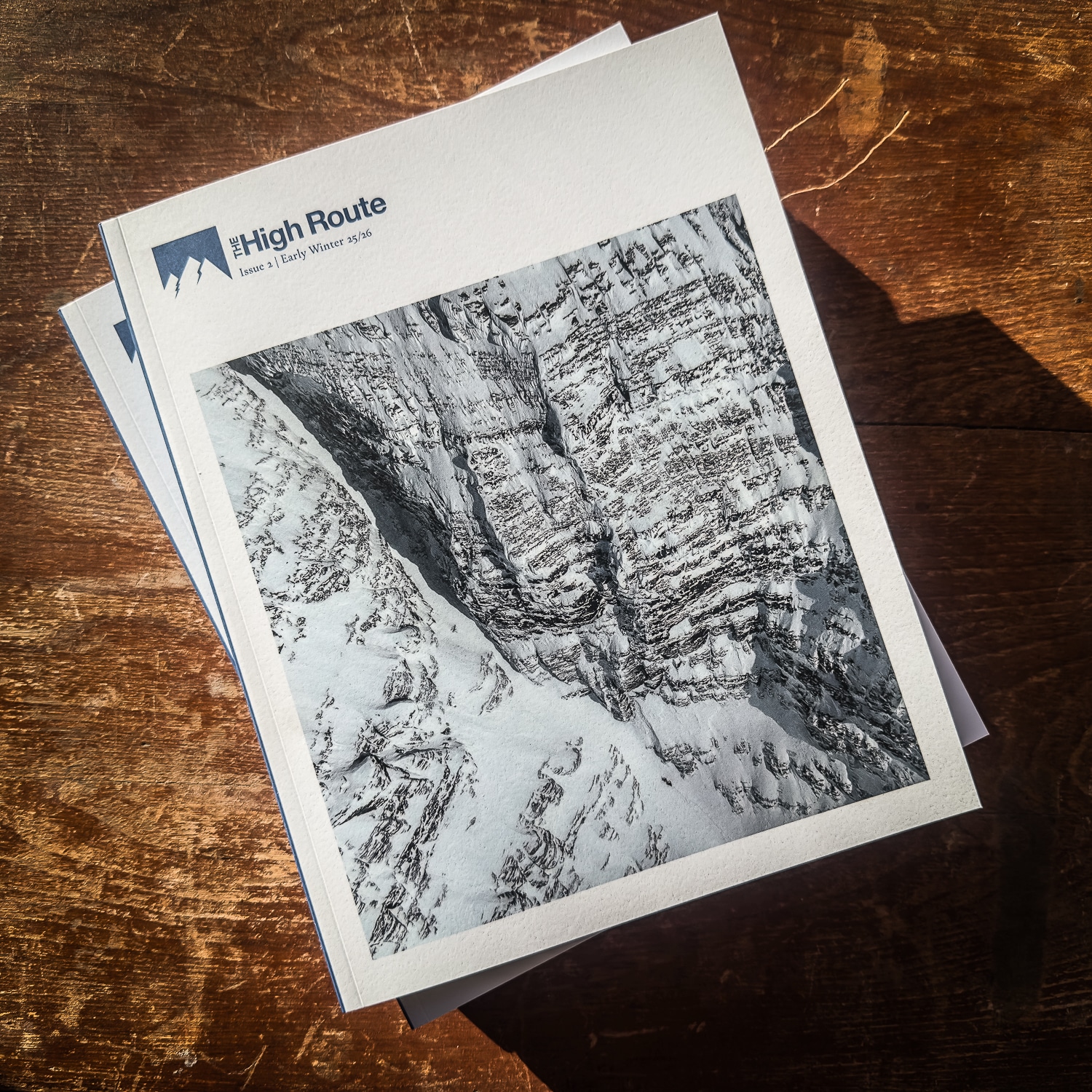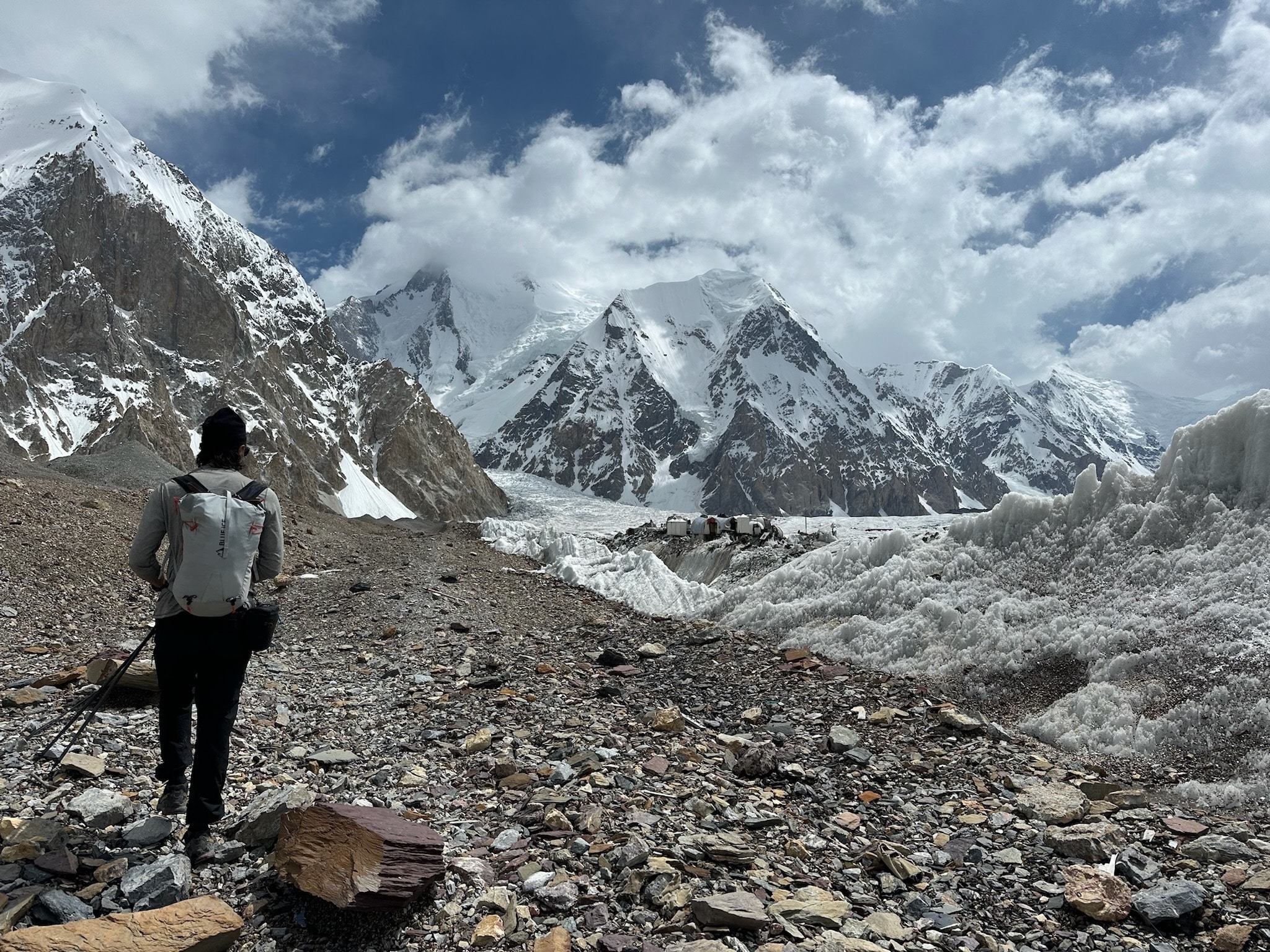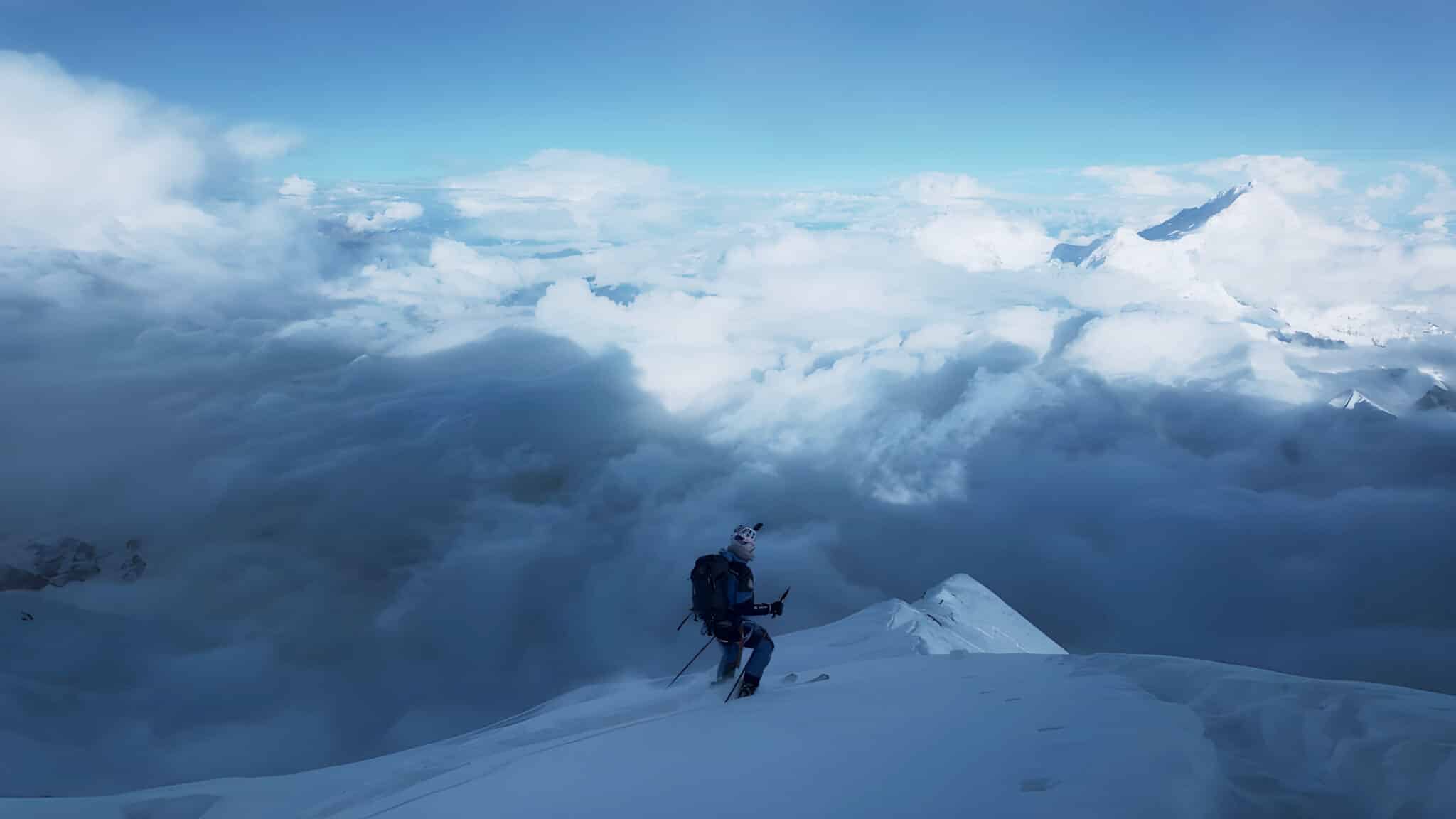The national day of giving thanks has ticked over to the national day of penciling out the bottom line and a weekend of semi-busyness. Aside from skinning up and descending some frozen-refrozen-breakable-boilerplate mash-up, for which I was and am eternally grateful, here at The High Route, we took some time off to reflect. Like many, we are grateful.
Now, we’re back at it.
In short, we are grateful to those who have shared their stories about avalanches and personal loss. Often, hearing those stories jolts us into modifying our decision-making paradigms (and we become more sympathetic and empathetic) more so than the equally beneficial, yet more technical, accident reports penned by avalanche forecast centers.
Many months ago, Sherpa Cinemas, in partnership with the Utah Avalanche Center and their Know Before You Go (KYBG) campaign, promoted showings of the excellent film To the Hills & Back.
I’ve now watched the film three times—two for deep immersion and a third for more clinical viewing and note-taking. The emotions are raw each time: if you’re like me, deeply moved by the stories, you’ll unlikely get through To the Hills & Back without welling up. This is one heavy film.
Three intimiate threads comprise the film’s narrative arc. There’s ski guide Bradford White, playing the role of wizened OG along with his daughter, an aspiring guide. We get a glimpse into their relationship as a means to set the stage for the wicked learning environment that is avalanche terrain. The take away from White’s ruminations are many, but seem to be reduced to balancing the reward side and the potential downsides of wintertime backcountry travel. Snowy places can be lethal. Still, he advises, “Go ahead and have an adventure,” but ensure “everybody comes home safely.” As far as reductions go, these are wise words.
The film opens with a scene where Adam Campbell ties a wedding band onto some cord to wear around his neck. Campbell is deep in the backcountry with a friend, Kevin Hertjaas.
I recognized Campbell and his story immediately. In 2020, he, Hertjaas, and Campbell’s wife, Laura Kosakoski, were touring outside Canmore. Campbell inadvertently triggered a slide that buried and ultimately killed Kosakoski. Just writing that sentence elicits the film’s constant heavy gravity. Although I had read much about Campbell and the ill-fated day after the accident, it is a whole other level to see another person grieve as intensely as Campbell does in his retelling.
You’ll get a strong sense of Campbell and his struggles and his life unraveling.
The third thread weaves in the story of Katie Combaluzier, a young Canadian woman who, in 2018, was involved in an avalanche in Grenoble, France. Another skier, Sven Reichart, was killed, whereas Combaluzier experienced a life-altering injury. Through Combaluzier’s telling, To the Hills & Back offers up a more decidedly uplifting vibe. There are no spoiler alerts here, but Combaluzier’s tenacity is gritty stuff.
To read more about the making of the film, here’s a solid interview with the director Mike Quigley.






Leave a Reply
You must be logged in to post a comment.